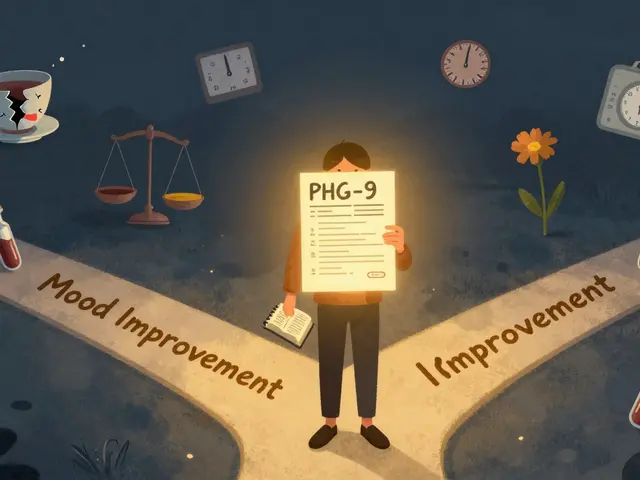Propecia alternatives: what actually works and how to choose
Worried about side effects or Propecia not working? Good news: you’ve got real options. Some target the same hormone (DHT), some boost growth directly, and others help by improving scalp health or moving stubborn hair into the growth phase. Below I break down what you can expect, timelines, and safety tips so you can pick what fits your goals.
Medical options — what to try and what to expect
Finasteride (Propecia) is the standard: 1 mg daily often slows loss and can regrow hair after about 3–6 months. If you’re avoiding oral finasteride because of side effects, consider topical finasteride. It aims to lower scalp DHT with less systemic exposure, and many patients report similar results with fewer systemic complaints.
Dutasteride is another prescription option. It suppresses DHT more strongly than finasteride and can work faster or better for some men, but it’s often used off-label for hair loss and may carry a higher risk of side effects. Talk with a dermatologist before switching.
Minoxidil (topical) is non-hormonal and boosts blood flow to hair follicles. Expect to use it twice daily (or in foam form once daily) and give it 3–6 months to see changes. It works best when combined with a DHT blocker — many men use minoxidil plus finasteride for additive effects.
Non-drug choices, devices, and natural approaches
Low-level laser therapy (LLLT) devices like combs and helmets can help maintain and mildly improve density if used regularly. Results are usually modest but steady when used as directed.
Platelet-rich plasma (PRP) injections from a trained clinic can stimulate growth in some people; expect several monthly sessions then maintenance. Hair transplant surgery is the most reliable route for visible, permanent density but needs a skilled surgeon and recovery time.
Supplements and herbs—like saw palmetto or biotin—have mixed evidence. Saw palmetto may offer small DHT-lowering effects for some, but it’s not a substitute for prescription options. Biotin only helps if you have a deficiency.
Practical tips: 1) Set realistic timelines: most treatments need 3–12 months. 2) Combine complementary approaches (for example, topical minoxidil + DHT blocker) for better results. 3) Buy meds from reputable pharmacies and check for proper labeling. 4) If you have concerns about sexual side effects, start with topical options and discuss baseline tests (like PSA) with your doctor if you’re older.
If you’re unsure where to start, book one appointment with a dermatologist or hair clinic. They can assess hair loss pattern, suggest scalp-friendly routines, and design a plan that balances benefits and risks. Hair loss is personal—pick the option you can commit to, and give it time to work.
7 Alternatives to Propecia: Exploring Effective Options for Hair Loss
Discover seven effective alternatives to Propecia for combating hair loss. This article explores various treatments, shedding light on their pros and cons to help you make an informed decision. Whether you're looking for topical solutions or innovative therapies, there are options beyond the conventional approach.






